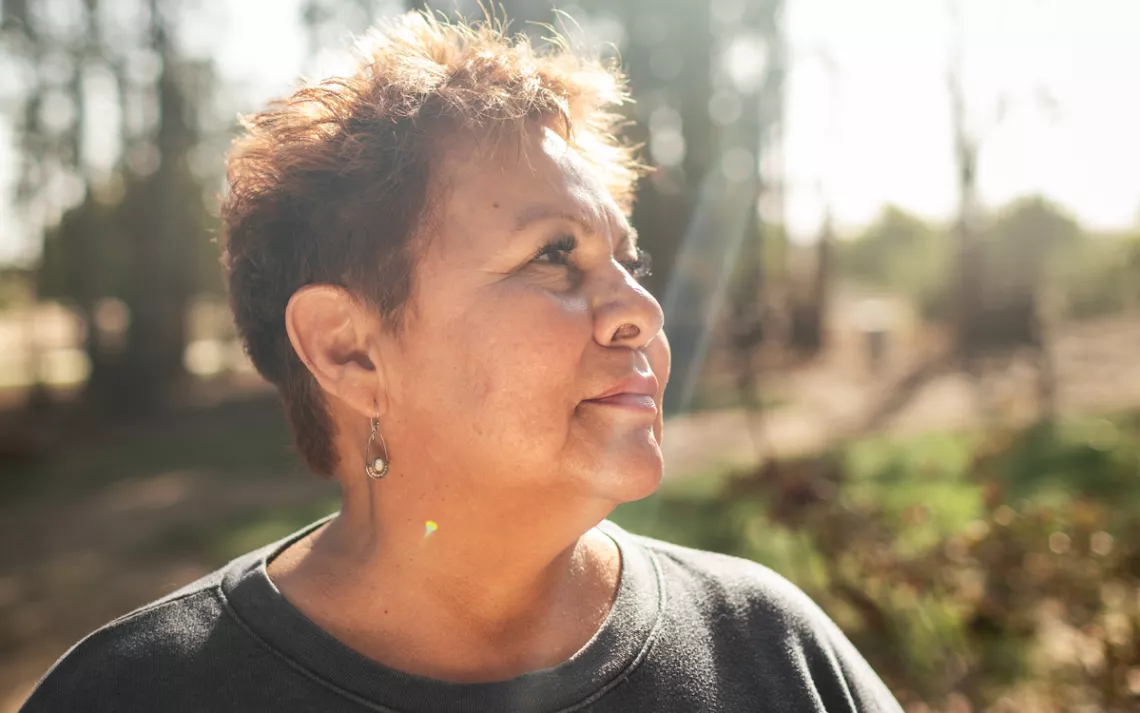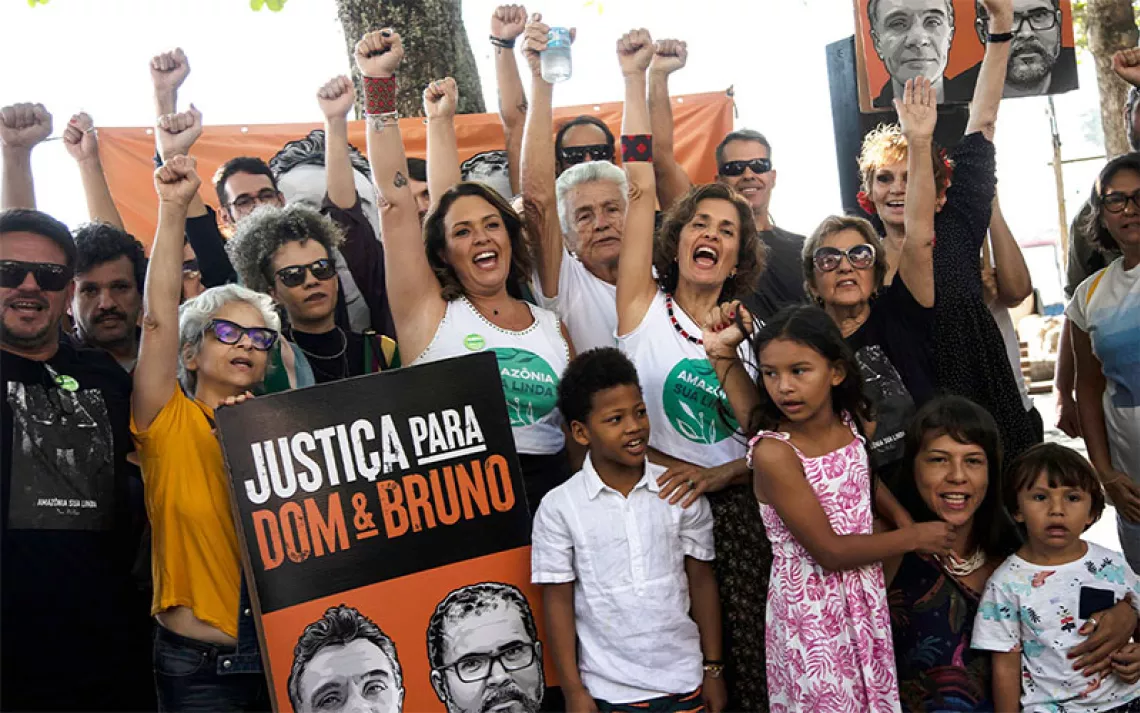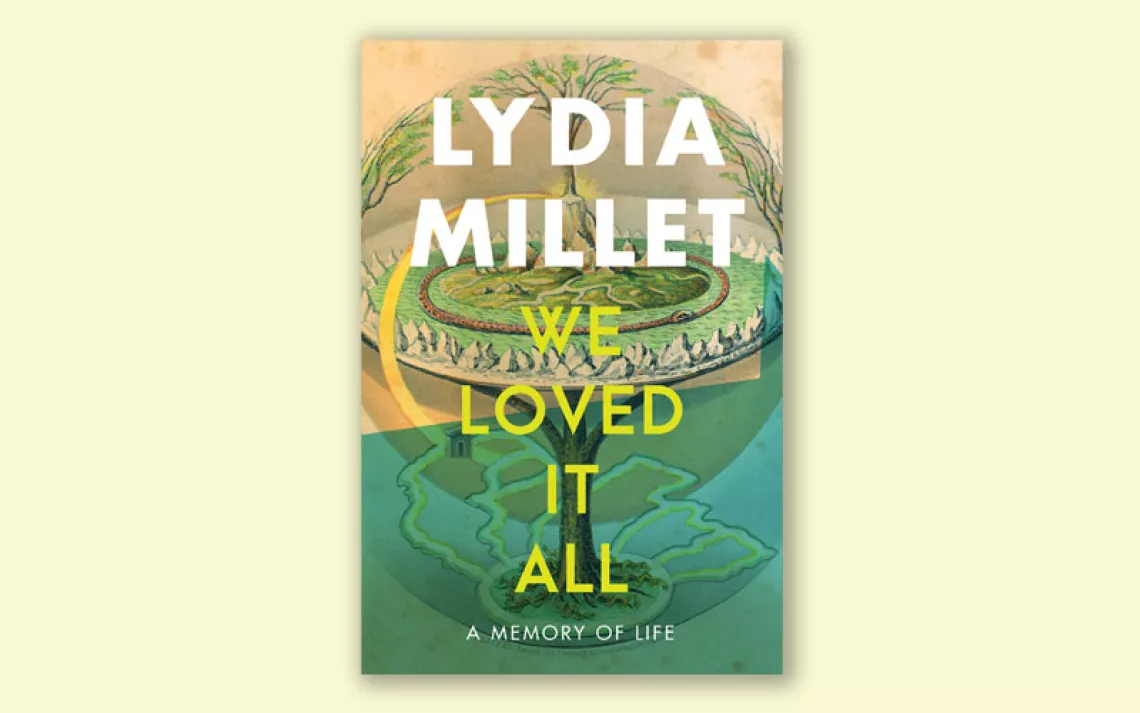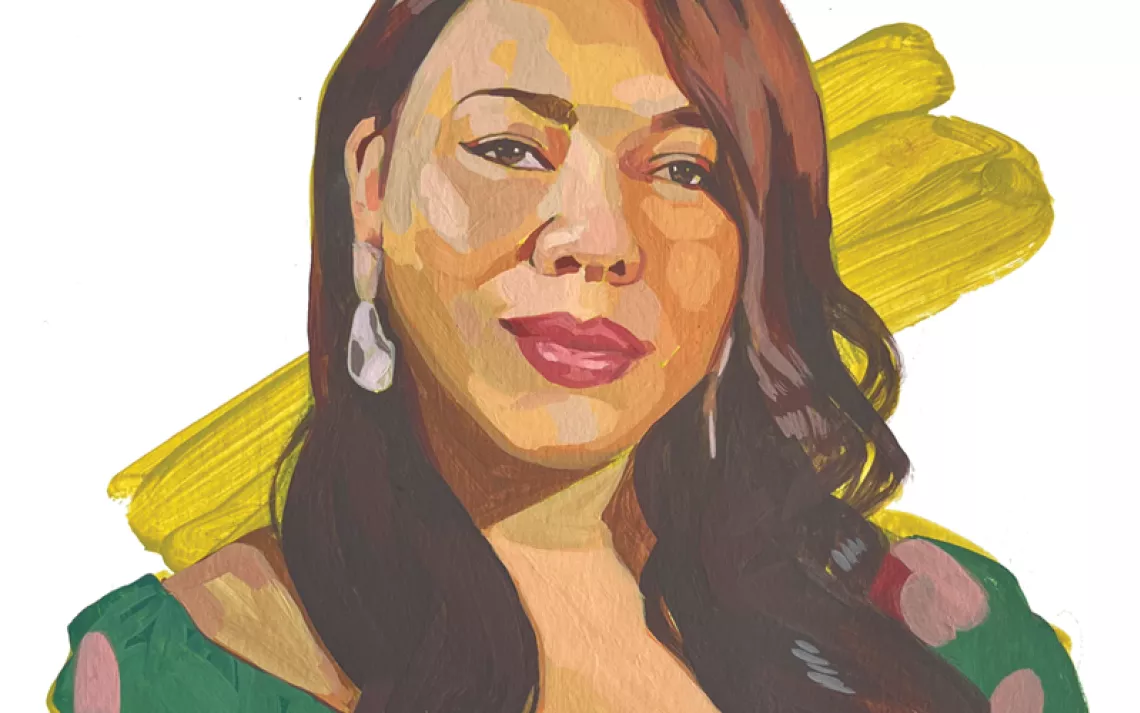Air So Dirty You Can Catch It in a Bucket
In California's Central Valley, the hard part is figuring out what's not polluting the air

Rosanna Esparza didn't know what was making people in California's Central Valley sick. But she vowed to find out. | Photo by Tara Pixley
After Rosanna Esparza retired in her late fifties, she took a job as an organizer with Clean Water Action—"the lowest-paying job they had." She knew from her previous work as a clinical gerontologist that to forestall aging, "you have to challenge yourself to act and think differently." So in 2013, she set out to talk to people in California's Central Valley about what was making them sick.
Esparza expected to hear a lot about the water, which ran from taps like sulfur-spiked lemonade, "yellow and with an awful stench." Instead, people wanted to talk about the air. When Esparza told them that she'd heard their water was bad, "they laughed in my face," she said. "'Yeah, we know,' one man said. 'That's why we don't drink it.'"
The families she met stayed clear of the nitrites, arsenic, and other heavy metals that poisoned their tap water by filling five-gallon jugs at the supermarket a couple of times a week for $7. But they still suffered from nosebleeds, headaches, and respiratory and heart diseases. Children missed more than half their school days.
Everybody blamed the air. They pressed Esparza for answers. "I had to tell them I didn't know," she said. "But what if we started finding out?"
In the Central Valley, it's harder to figure out what's not polluting the air. There are pesticides and dust drifting from the fields, ammonia from cattle feedlots, diesel soot from semis, and ground-level ozone from passenger cars—all of it gets trapped in the "Fresno eddy," a wind that sweeps out of the Topatopa Mountains in the west and bumps up against the Tehachapis to the south and the Sierra foothills to the east, spinning and spinning in the basin, sometimes for weeks.
Then there's the oil industry. Seventy-five percent of California's oil comes out of Kern County. Drillers have long sought to play down the impact of their emissions, claiming that they adhere to California's strict air-quality regulations. With no one able to prove otherwise, oil's lobbyists in Sacramento have vigorously opposed laws to establish buffer zones between oil operations and neighborhoods. In tiny Lost Hills, the poor and predominantly Latino residents suspected that their bad air was related to the oilfields that surround them. But they didn't have the receipts.
Across the valley in the city of Arvin, Gustavo Aguirre, now director of the Central California Environmental Justice Network's Kern County program, had been capturing air samples in buckets and bringing them to a lab for analysis. The technique, pioneered in the 1990s by Edward L. Masry (famously the attorney who worked with Erin Brockovich), involves outfitting an ordinary bucket with a pipe and a Tedlar bag to collect "grab samples." The buckets can be remarkably accurate, Aguirre said. "We could say, 'We found benzene at this amount; we found hexylene at this amount; we found ethylene at this amount.'" And they could determine precisely where the bad air came from.
While the materials for bucket sampling were simple and cheap, the lab analysis could run up to $500 per sample. "We needed something a little bit higher up the food chain," Esparza said. In 2015, she asked the San Joaquin Valley Air Pollution Control District about a new kind of sensor that could transmit air-quality data directly back to a computer, skipping the lab analysis altogether. "They told me that if I wanted a network of air monitors, I'd have to pay for them myself," Esparza said. "And so I did."
Esparza approached Edmund Seto, an associate professor of environmental health at the University of Washington, who had PhD students willing to calibrate low-cost monitors. With funding from the 11th Hour Project, Esparza was able to spend $10,000 on the components and offer another $10,000 to the residents who would host the monitors. "It was important to me that they be compensated for their time and effort," she said.
A family in Lost Hills found proof that the Chevron facility near their home was venting toxic chemicals from 3 A.M. to 4 A.M. In the town of Shafter, residents found a spike in large-particulate pollution during the almond harvest. And in Arvin, Aguirre said, "we've been able to show the total amount of toxic chemicals coming from someone's backyard, like literally their backyard was an oilfield, versus someone living a quarter of a mile away." It was important data in the struggle to establish buffer zones between drilling operations and where people live.
The community-gathered data has already had an impact on state law. In 2017, California's legislature passed a bill requiring polluters to monitor emissions and reduce them with all available technologies as well as increasing civil and criminal penalties for violators.
Since then, low-cost sensors have evolved to the point where almost anyone can install one, and both environmental justice groups and regulators have set up air-sensor networks around the state. From a regulatory standpoint, Aguirre said, the data gathered has reshaped the narrative for communities on the front lines of pollution.
"There's a big difference," he said, "between a resident calling their air district saying, 'Hey, it smells like poop out here' and the resident going to a governing-board meeting, presenting some scientific data, and saying, 'Hey, when it smelled like poop, guess what? We found some elevated H2S [hydrogen sulfide] in the air. Can you explain that?'"
This article appeared in the Winter quarterly edition with the headline "Bucket Brigade."
 The Magazine of The Sierra Club
The Magazine of The Sierra Club







